Midweek Modular: Customisable distortions, effects sends and old Moogs
This time in Midweek Modular we get to put components into the front of distortion, send signals, overdrive a tube and pretend we’re playing with a Moog modular.
It continues to be a very slow start to the year with very few releases from the larger players in modular. In times gone past the industry would be alive in January with the build-up to the NAMM show, but after a few years of being messed about by Covid, it finds itself being held in April this year. Thankfully the boutique builders and makers of modular don’t follow the traditional release calendars, and so we do have some interesting things to look at.
Midweek Modular
Here are the highlights that have grabbed my attention this week in the world of modular synthesizers.
Neutral Labs
Neutral Labs can always be relied upon to do interesting stuff. This week it released a customisable distortion and a morphable CV generator that can also record modulation.
The curiously named NIJEL looks simple enough with its single Drive knob. That’s all you really need on a distortion. But the fun begins when you start plugging different components into the sockets on the front panel. This is very much like the Scrat filter Neutral Labs released last year, and it is, in fact, compatible with the same little preset cartridges. Each cartridge holds a component or two designed to change the character of the module. But you can plug in anything you want. It comes with a photoresistor, diode, LED and capacitor to get you started. It’s all about experimentation.
PIP is a dual-clocked CV generator and recorder. You start with a pair of LFOs which can be synced at different ratios and phase offsets. It comes with a variety of waveforms from regular to random which are held in pages of 3 across 16 wavetables. Each group of 3 waveforms can be morphed through with the corresponding knob. You can record your own waveforms, or modulation shapes into PIP and it will replace the middle waveform of the group. This allows you to add your own waveforms to the morph.
I think there’s a lot of fun to be had with both these modules. They are available as kits any time now.
You are currently viewing a placeholder content from YouTube. To access the actual content, click the button below. Please note that doing so will share data with third-party providers.
ST Modular SEND
SEND is a two-channel auxiliary send and return module. It’s like what you’d usually find on a mixer but in a module for your modular. Why would you want this? Because very often we are routing audio signals directly through effects modules without a great deal of control over how that happens. With SEND you don’t have to have an elaborate mixer module to make use of an aux send. You can route any signal, or a mix of signals from a smaller mixer module, to an effect.
The send is mono with a stereo return. The knobs are much larger than you’d normally find squeezed onto a mixer module. This makes them much better in performance. Each Send has a Tone knob to emphasise the high or low frequencies through the auxiliary, letting you adjust the tonal character through the effect.
You are currently viewing a placeholder content from YouTube. To access the actual content, click the button below. Please note that doing so will share data with third-party providers.
Frequency Central Thermal Nuclear
While it was announced back in early 2022 it wasn’t until now that all the pieces have come together to form the Thermal Nuclear module kit. This is a sub-minature vacuum tube based overdrive. You’ve got an input and output, a Gain knob, along with Tone and Dry-to-Dirt mix knob.
The first stage is a MOSFET with a switchable mu-amp. The second stage is a self-biased sub-miniature pentode with a switchable triode/pentode. Then you’ll come across a tonestack based on the EH Big Muff. And finally, there’s a blend control and another MOSFET stage for some gain recovery. All of that will give you some delicious amounts of overdriven gooiness. Great stuff!
You are currently viewing a placeholder content from YouTube. To access the actual content, click the button below. Please note that doing so will share data with third-party providers.
Fitzgreyve Synthesis Moog Modules
2023 kicks off with three new Moog-style modules from Fitzgreyve. First, we have a 16HP Eurorack implementation of the 1125 Sample Hold Controller. The 1125 was a weird-looking boxed accessory rather than a module that could be used with the Moog Modular or other synths. Fitzgreyve follows the look nicely and also adds V-Trig and patch inputs for Start/Stop and an external input.
You are currently viewing a placeholder content from YouTube. To access the actual content, click the button below. Please note that doing so will share data with third-party providers.
The 951 and 952 modules provide the functionality that is present in the Moog modular keyboards. They are designed for the 901 A/B oscillators but can be used with any VCO. The 951 is a single-channel module, whereas the 952 is dual-channel. Fitzgreyve has rather cleverly stacked the knobs on top of each other in order to keep the three-knob aesthetic. As for what they do, I really don’t know, but I imagine it takes the functionality that’s found on the Moog keyboard and adds it to whatever CV source you are plugging into the module. It’s great to see a boutique manufacturer exploring these old modular setups.
- Fitzgreyve website.
One response to “Midweek Modular: Customisable distortions, effects sends and old Moogs”

 4,6 / 5,0 |
4,6 / 5,0 | 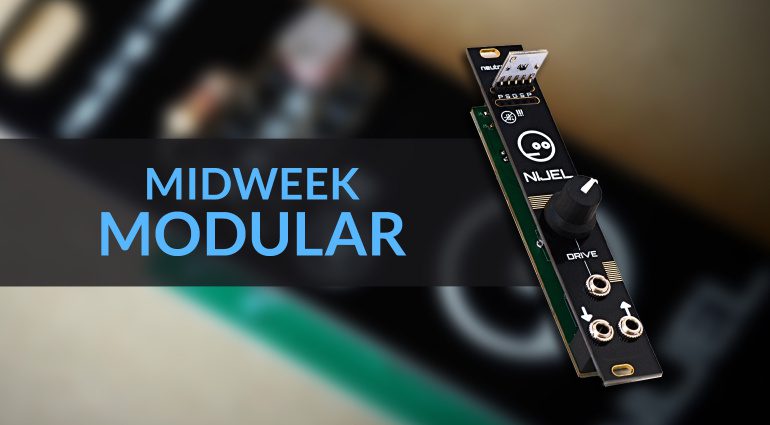

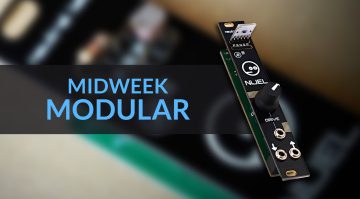

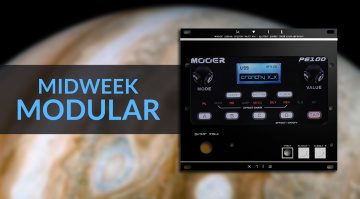
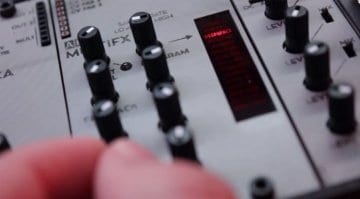
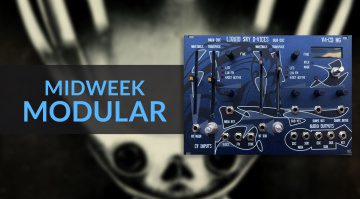
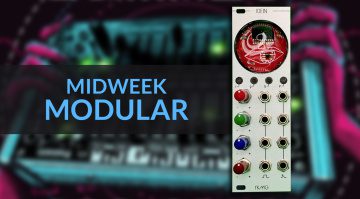
Argh! Why in this day are SENDs still always mono out and stereo in? I find in my travels I very often need to externally process stereo. Just make it stereo with the ability to handle mono as needed.